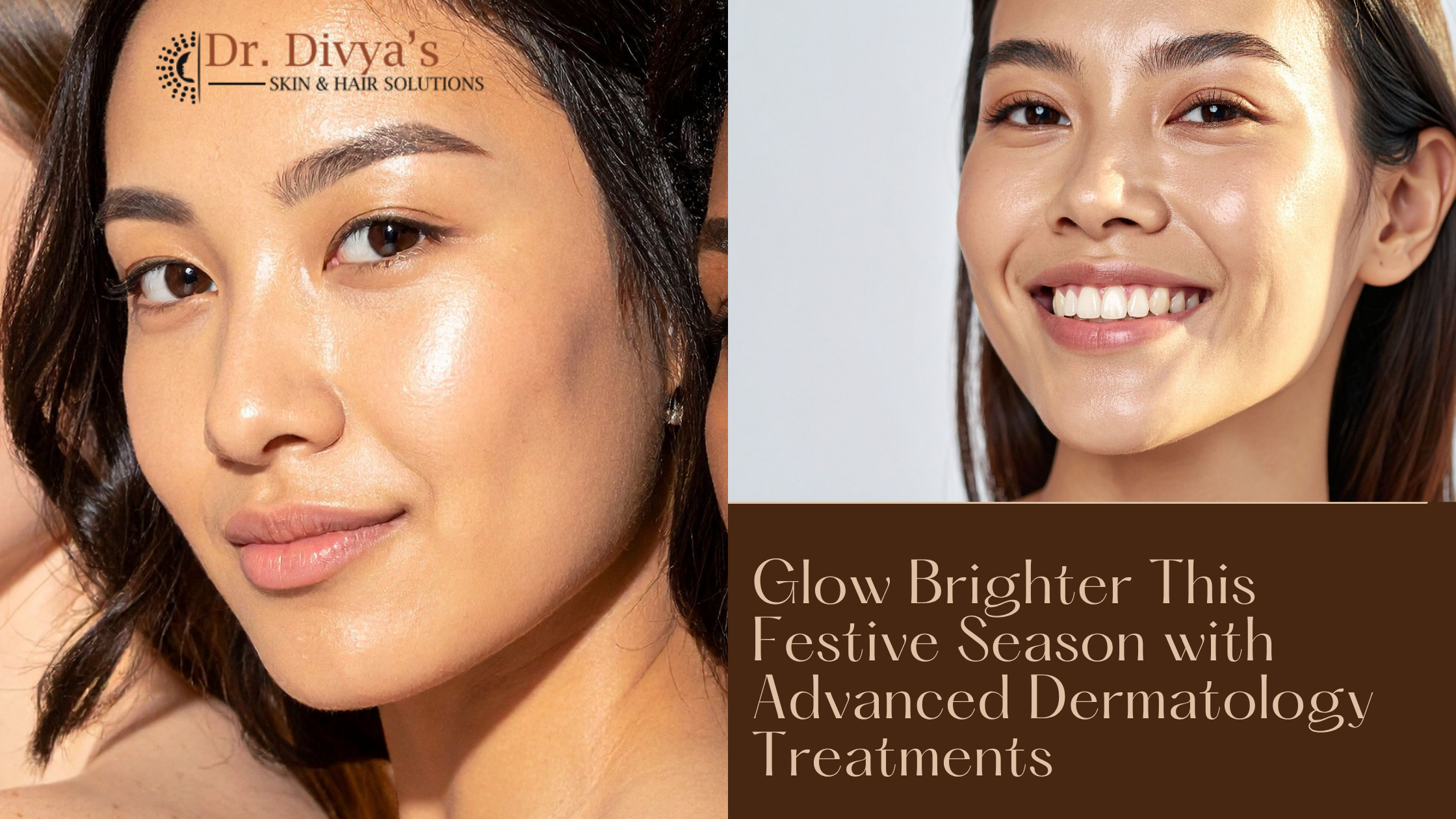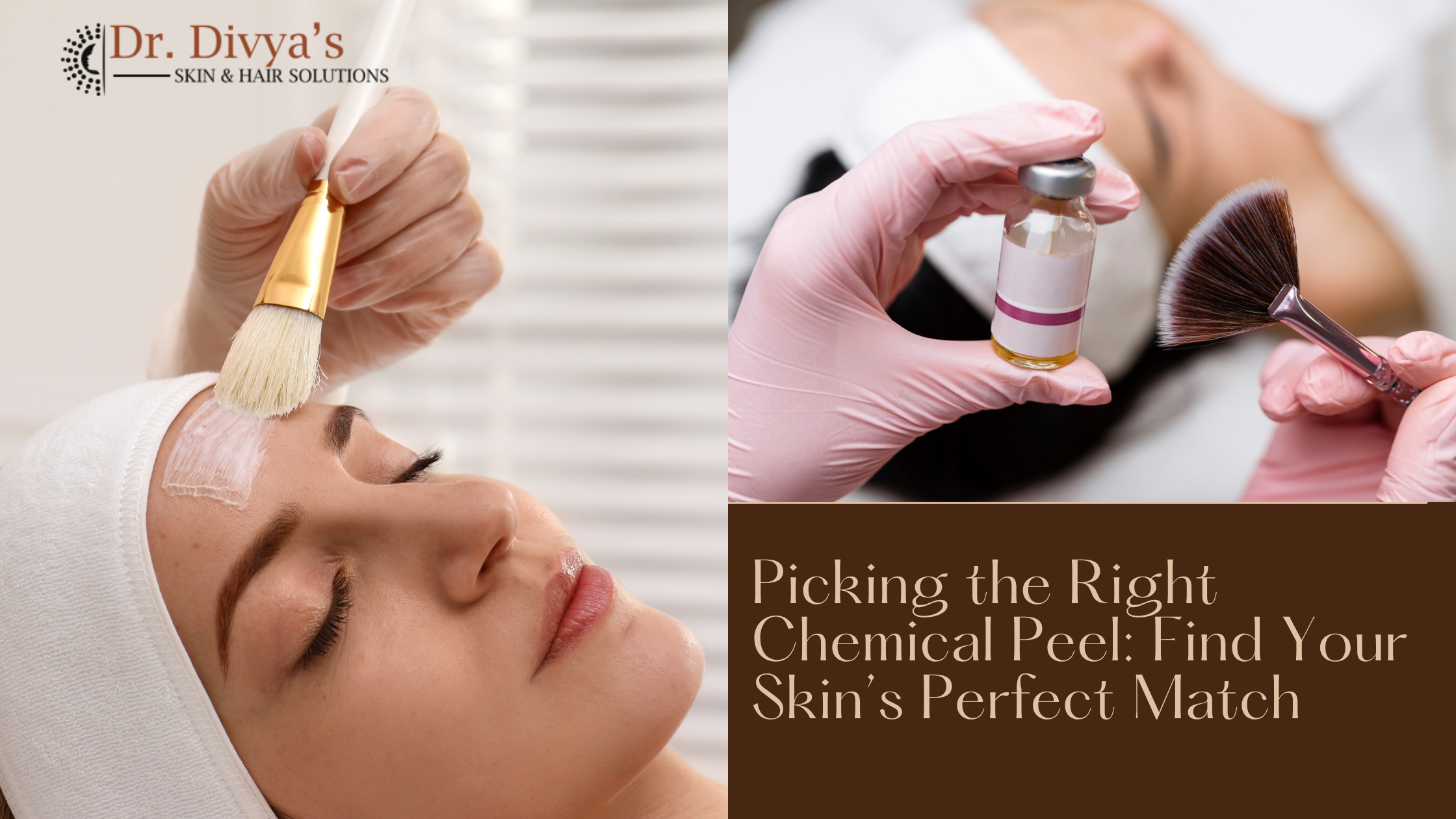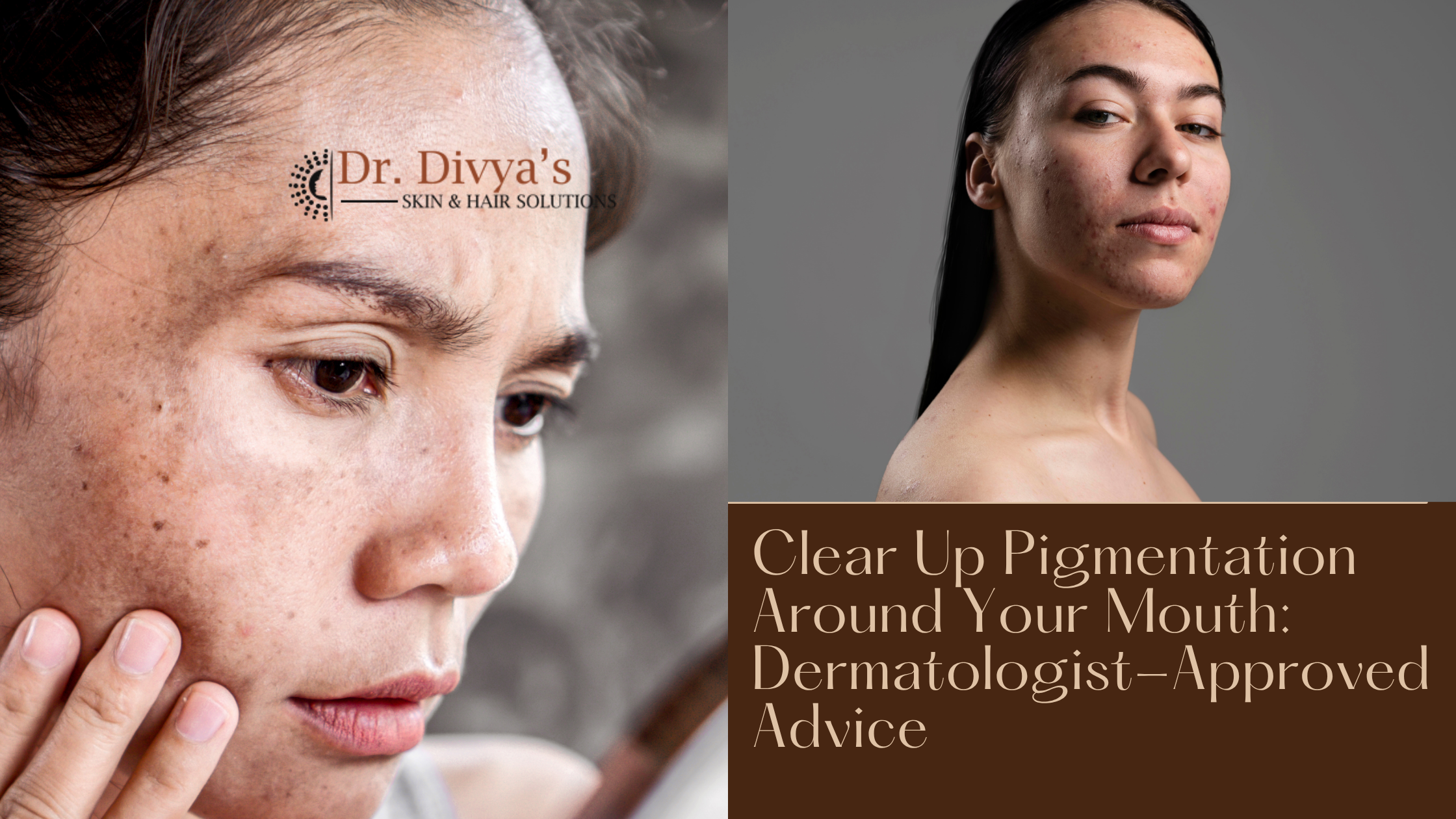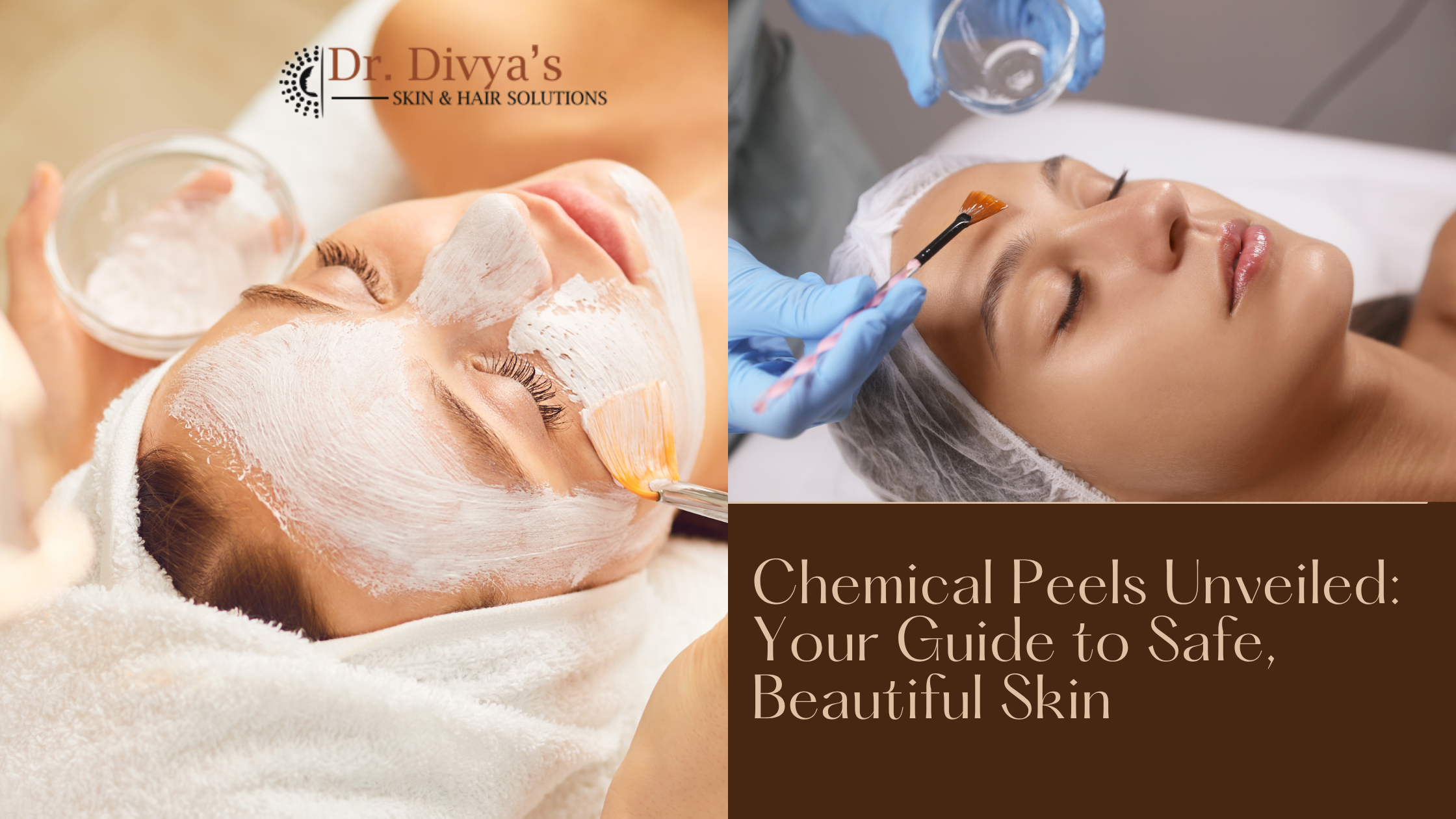Posted date on Sep 25, 2023
Whether you're sporting a full Gandalf-like beard or just a touch of designer stubble, World Beard Day is all about embracing your inner beard enthusiast. In this comprehensive guide, we're going to explore the science behind beard growth, the art of grooming, and how to tackle common beard problems. So, gentlemen, elevate your beard game to the next level!
> The Science Behind Beard Growth
Your facial hair growth begins during puberty when hormones, specifically testosterone and dihydrotestosterone (DHT), stimulate hair follicles in your beard area. Each hair follicle has its own growth cycle, including the anagen (growth), catagen (transitional), and telogen (resting) phases.

However, beard growth can be influenced by various factors, including genetics, hormones, age, and overall health.
> Here are the key factors that affect beard growth:
-
Genetics: Genetics play a significant role in determining your beard growth pattern. If your father and grandfathers had full, thick beards, you are more likely to have the genetic predisposition for robust beard growth. On the other hand, if your family has a history of patchy beards, you may inherit that trait as well.
-
Hormones: Hormones, especially testosterone and dihydrotestosterone (DHT), are critical for beard growth. During puberty, an increase in these hormones stimulates the growth of facial hair. DHT, in particular, is responsible for the development of thicker, darker beard hair. Hormone imbalances can affect beard growth; for example, conditions like low testosterone levels may lead to slower or sparse beard growth.
-
Age: Beard growth typically begins during puberty and continues into early adulthood. Some men may experience a thicker beard as they get older, while others may notice a decline in growth.
-
Nutrition: Proper nutrition is essential for healthy hair growth, including facial hair. Key nutrients like biotin, vitamins (A, C, D, E), and proteins support the growth of strong and healthy beard hair. A balanced diet that includes these nutrients can promote beard growth.
-
Stress: Chronic stress can affect hormone levels, potentially leading to hair loss or slower beard growth.
-
Health Conditions: Certain medical conditions and medications can influence beard growth. For example, conditions like alopecia areata can cause hair loss, including in the beard area.
-
Skin Health: The health of the skin beneath your beard can affect beard growth. Dry or irritated skin can hinder hair follicles' ability to produce healthy beard hair. Proper skin care can promote a conducive environment for beard growth. Check with a dermatologist on best practices when it comes to maintaining.
-
Environmental Factors: Environmental factors like exposure to harsh weather conditions, pollution, and UV radiation can impact beard health.
-
Grooming Practices: How you care for your beard can affect its appearance and growth. Whereas, overly aggressive grooming or using harsh products can potentially damage hair and slow growth.

Grooming your beard properly is essential to keep it looking neat, healthy, and well-maintained. Here's a step-by-step beard grooming guide to help you achieve the best results:
Step 1: Gather Your Tools and Products
Before you begin grooming your beard, make sure you have all the necessary tools and products such as comb or brush, shampoo or cleanser, and conditioner ready. Consult a dermatologist to understand which products are best suited for your skin and beard.
Step 2: Start with a Clean Beard
Properly cleaning your beard is the foundation of good grooming. Use a beard-specific shampoo or cleanser to wash your beard. Follow these steps:
-
Wet your beard thoroughly with warm water.
-
Apply a small amount of shampoo or cleanser to your hand and lather it up.
-
Gently massage the shampoo into your beard and the skin beneath it.
-
Rinse thoroughly with warm water.
Make sure all shampoo is removed and the beard is not over-conditioned. Products left behind in the beard can cause irritation.
Step 3: Towel Dry Your Beard
After washing, pat your beard dry with a clean towel. Avoid vigorous rubbing.
Step 4: Comb or Brush Your Beard
Use a beard comb or brush to detangle your beard . Start at the bottom and work your way up, being gentle to avoid tugging or pulling.
Step 5: Trim and Shape Your Beard
Regular trimming is crucial to maintaining your beard's shape and hygiene.

Despite your best efforts, you might come across some common bread issues such as patchy beards as not all men can grow a full, thick beard.
Or you may experience uneven and slower beard growth than others.
Beard Itch due new beard growth or Beardruff, a term for dandruff caused by dry skin beneath the beard, due to excessive use of regular shampoo or conditioner and acne under the beard are very common issues as well.
Incorporating beard care into their daily routine and consulting a dermatologist will help you address all these issues.

Remember that beard grooming is an ongoing process. Depending on the length and style of your beard, you may need to repeat these steps daily or a few times a week to keep it in top condition. Consistency and patience are key to maintaining a healthy and stylish beard. Every beard is unique, and what works for one person may not work for another. Experimenting with different grooming products, techniques can help however, it is important to consult a dermatologist to address any specific beard concerns you may have to achieve the beard look you desire.





